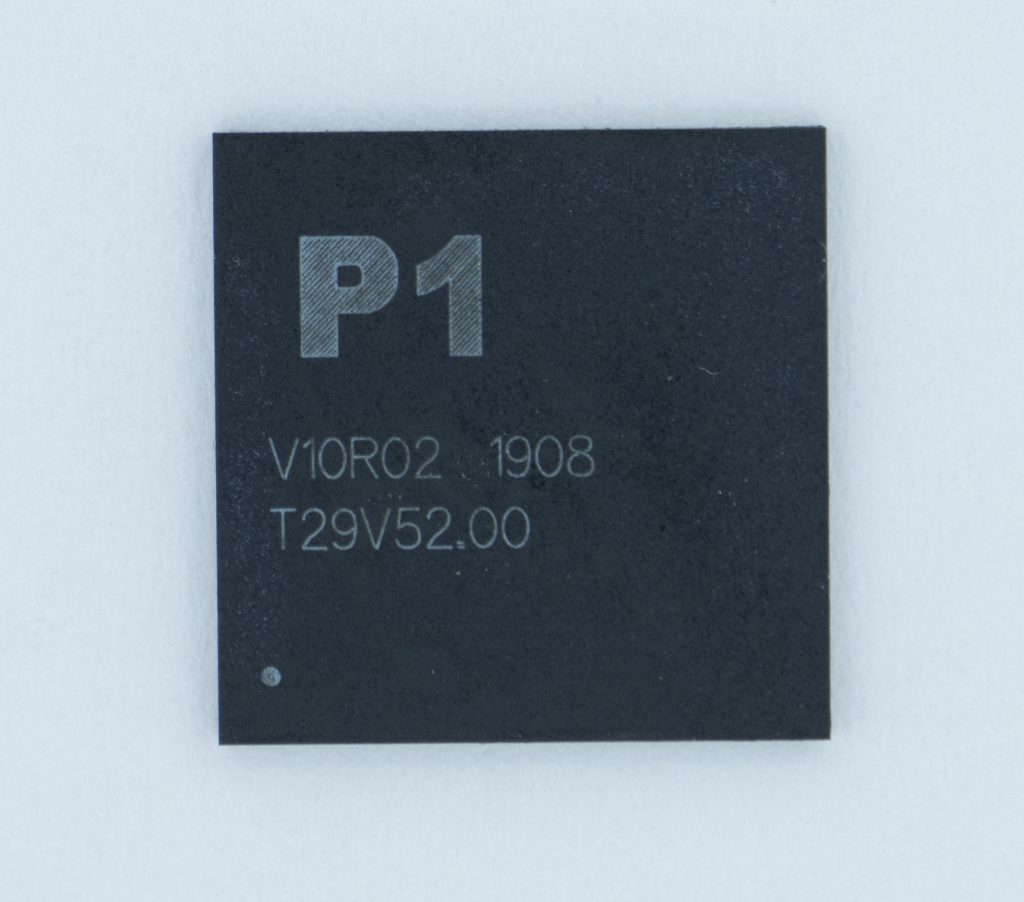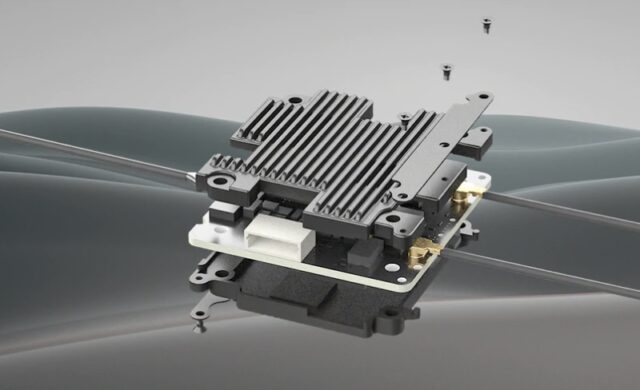I have not found this at all. In the exact same flying locations, flying one directly after the other, my Mavic Air 1 in FCC mode outperforms my Mini 2 in CE mode. Pretty disappointing from the Mini 2.Yes, Ocusync wins by far.
Wi-Fi is designed for short ranges up to about 100m, so that they could customise it to get usable bandwidth out of it at 1km or more is already pretty impressive. Ocusync is built using customised LTE (4G) cellular equipment which is designed for more range in the first place.
You are using an out of date browser. It may not display this or other websites correctly.
You should upgrade or use an alternative browser.
You should upgrade or use an alternative browser.
Wi-Fi vs occusync 2.0.
- Thread starter Rchawks
- Start date
anotherlab
Well-Known Member
That's not exactly correct. Ocusync 2.0 uses the same frequencies as Wi-Fi. DJI designed it as a Software Designed Radio (SDR) that would be able to use off-the-shelf Wi-Fi chipsets.Yes, Ocusync wins by far.
Wi-Fi is designed for short ranges up to about 100m, so that they could customise it to get usable bandwidth out of it at 1km or more is already pretty impressive. Ocusync is built using customised LTE (4G) cellular equipment which is designed for more range in the first place.
FWIW, LTE range is largely defined by equipment on the towers. If Ocusync was based on LTE, you wouldn't be able to fly a drone in an LTE dead zone.
Kilrah
Well-Known Member
I didn't say it was using the LTE network, just that they used LTE chipsets and modulation/tech to implement their own connection, that's obviously not dependent on any existing network.LTE range is largely defined by equipment on the towers. If Ocusync was based on LTE, you wouldn't be able to fly a drone in an LTE dead zone.
That's been determined by people reverse-engineering the boards and RF transmission.
anotherlab
Well-Known Member
Do you have anything that documents the use of LTE chip sets? You can't just use a LTE chipset and broadcast your own protocol. LTE usage is strictly regulated. Ocusync 2.0 is documented on DJI's own site to use the 2.4 and 5.8 Ghz bands, which is where Wi-Fi operates. Here's a nice writeup of how the Ocusync protocol works and how it uses Wi-Fi hardware, but their own protocol.I didn't say it was using the LTE network, just that they used LTE chipsets and modulation/tech to implement their own connection, that's obviously not dependent on any existing network.
That's been determined by people reverse-engineering the boards and RF transmission.
Kilrah
Well-Known Member
Data comes from the dji reverse engineering groups.
Again it's LTE tech but applied in a custom way and in the license free bands, not actual LTE as in cellular.
Again it's LTE tech but applied in a custom way and in the license free bands, not actual LTE as in cellular.
anotherlab
Well-Known Member
Are you sure about the LTE hardware? For example, the Mavic Air 2 uses a dual-band Wi-Fi chip from Imagination Technologies (source).Data comes from the dji reverse engineering groups.
Again it's LTE tech but applied in a custom way and in the license free bands, not actual LTE as in cellular.
At any rate, the range of the radio is going to be limited by the antenna, broadcast power, and protocol used.
Bill_W
New Member
Hi Kilrah, where did you get the information about Ocusync using LTE cellular equipment? I'm very curious how Ocusync can use LTE without the need for a cellular Tx/Rx on the drone.Yes, Ocusync wins by far.
Wi-Fi is designed for short ranges up to about 100m, so that they could customise it to get usable bandwidth out of it at 1km or more is already pretty impressive. Ocusync is built using customised LTE (4G) cellular equipment which is designed for more range in the first place.
Kilrah
Well-Known Member
That would have been like 7 years ago so not sure of the original sources, but for example this mentions it:Hi Kilrah, where did you get the information about Ocusync using LTE cellular equipment? I'm very curious how Ocusync can use LTE without the need for a cellular Tx/Rx on the drone.

DJI Ocusync P1, S1 & S2 Chipset History - Mads Tech Wiki
The P1,S1 & S2 Chipsets are custom Asics used by DJI in their Ocusync based drones that are the basis for their Ocusync RF Wireless Link. These chipsets are similar to early Leadcore SOC’s and are believed to be direct “descendants”. The P1,S1 and S2 chipsets have only ever been found in DJI...
fpvwiki.co.uk
Basically they used phone SoCs so they did have LTE hardware at hand, AFAIK now they replicate it using SDRs.
Another source:

A history of DJI wireless system, is Walksnail using DJI technology?
Last week Joonas from fpv.wtf released some info on Twitter on what we believe is the origins of the DJI digital FPV system chipset known as the P1 and what Waslksnail may be using in the Avatar sy…
www.suasnews.com
anotherlab
Well-Known Member
That would have been like 7 years ago so not sure of the original sources, but for example this mentions it:

DJI Ocusync P1, S1 & S2 Chipset History - Mads Tech Wiki
The P1,S1 & S2 Chipsets are custom Asics used by DJI in their Ocusync based drones that are the basis for their Ocusync RF Wireless Link. These chipsets are similar to early Leadcore SOC’s and are believed to be direct “descendants”. The P1,S1 and S2 chipsets have only ever been found in DJI...fpvwiki.co.uk
Basically they used phone SoCs so they did have LTE hardware at hand, AFAIK now they replicate it using SDRs.
DJI is not using LTE for Occusync. They are using the Wi-Fi frequencies (2.4 Ghz & 5.8 Ghz) with their proprietary protocol.
Kilrah
Well-Known Member
Which researchers have found are based on LTE.with their proprietary protocol
Similar threads
- Replies
- 16
- Views
- 945
- Replies
- 5
- Views
- 1K
- Replies
- 3
- Views
- 1K
- Replies
- 5
- Views
- 5K
DJI Drone Deals
New Threads
-
Hiring Remote Drone Pilots and Support Staff with CrewBloom
- Started by felixleo
- Replies: 0
-
3 Along the road to my daughters former school
- Started by alex_markov
- Replies: 0
-
Last Week's Most Popular Topics (December 13, 2025)
- Started by msinger
- Replies: 0
-










